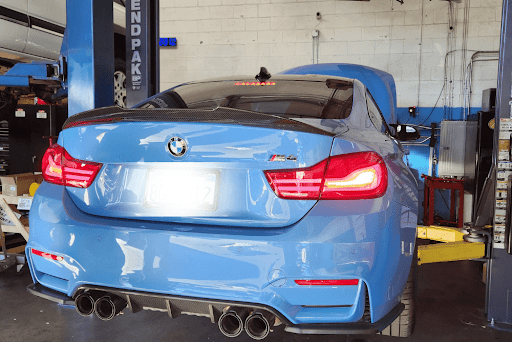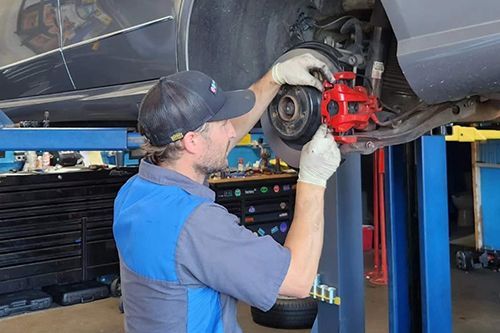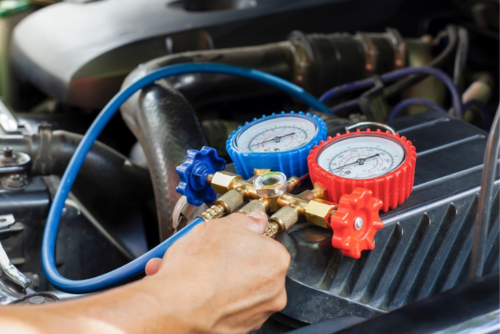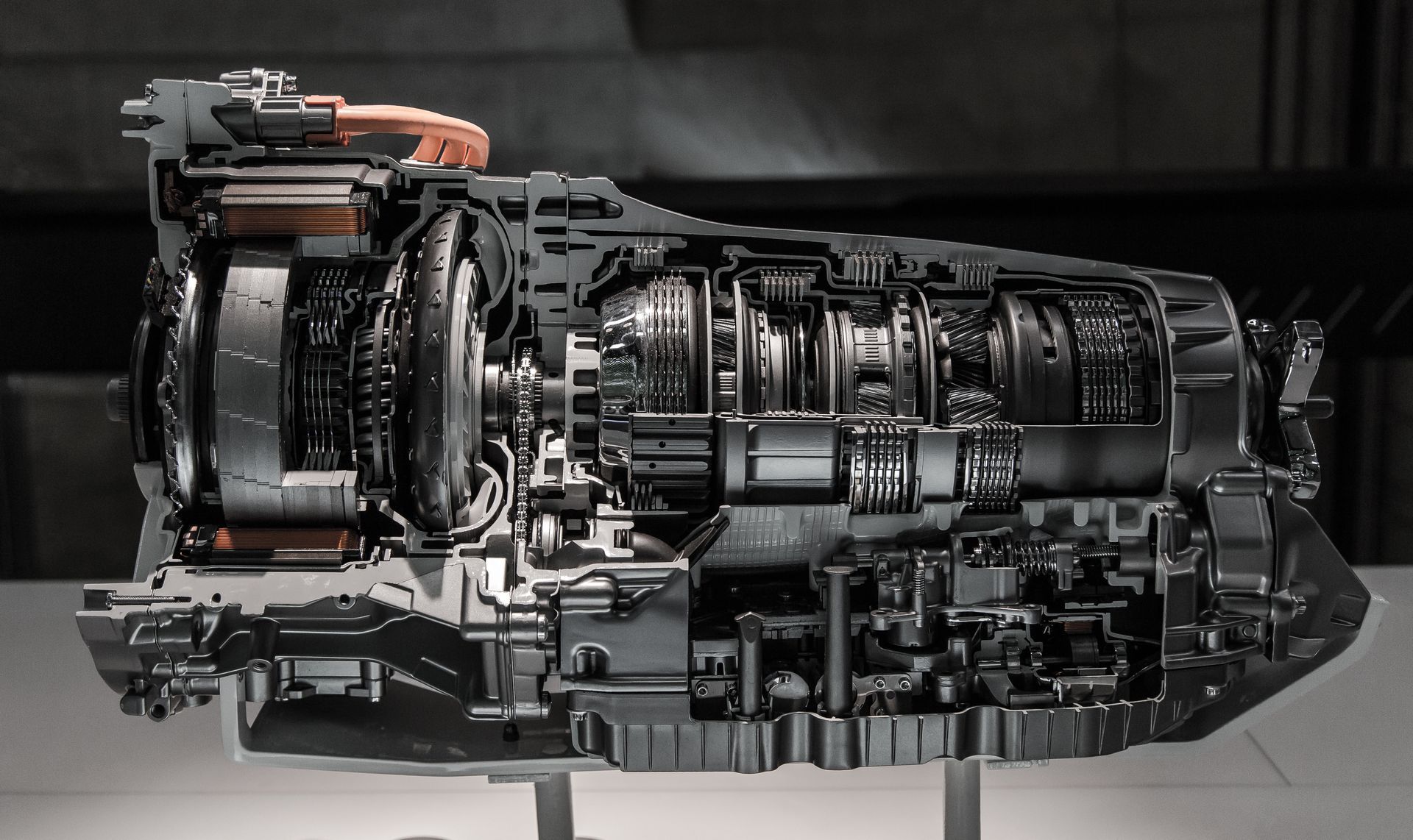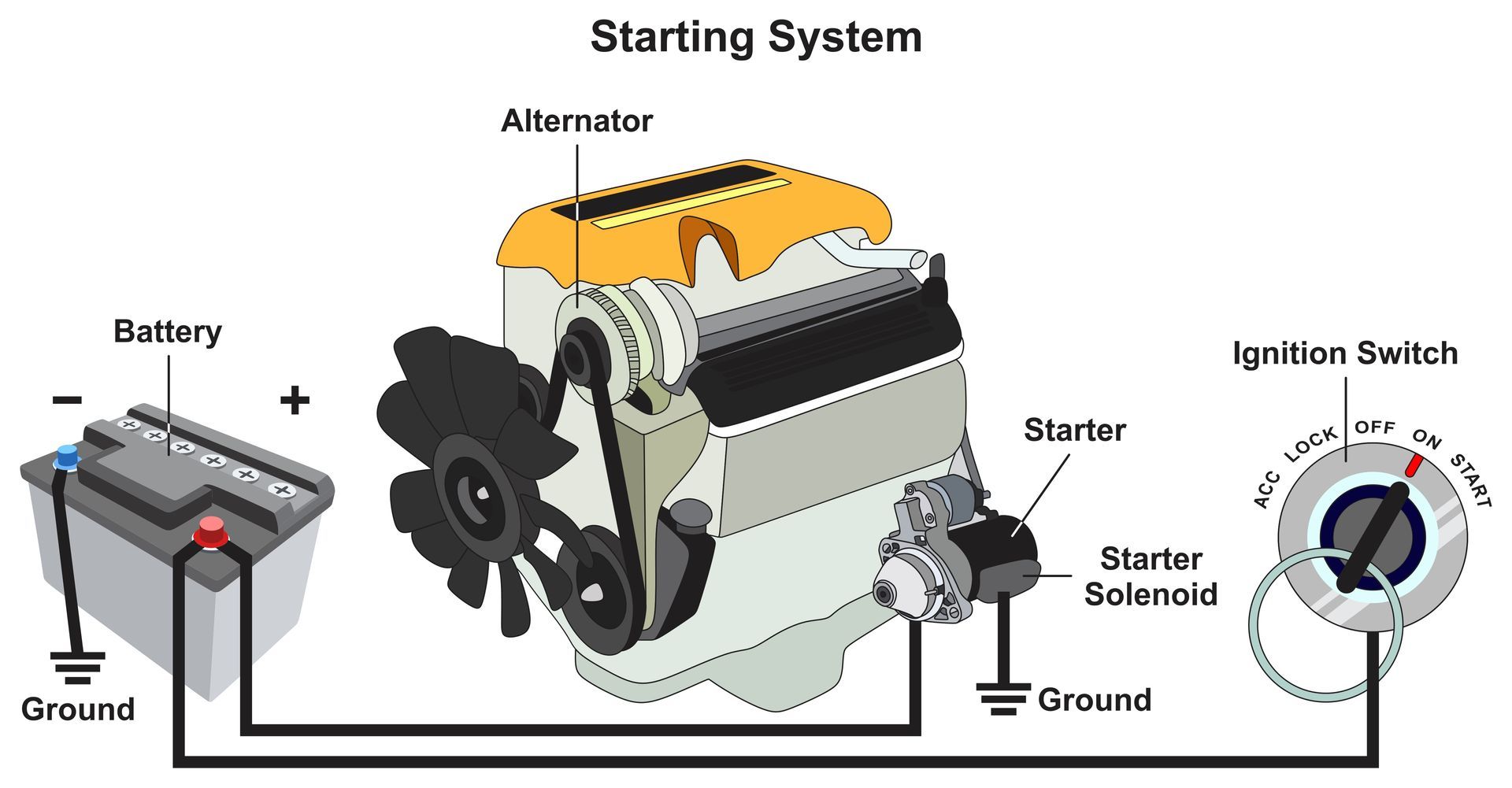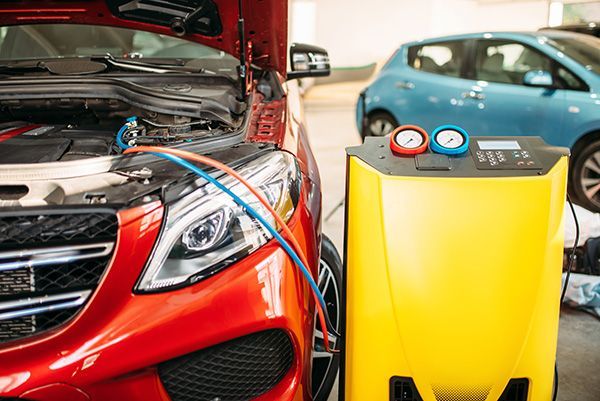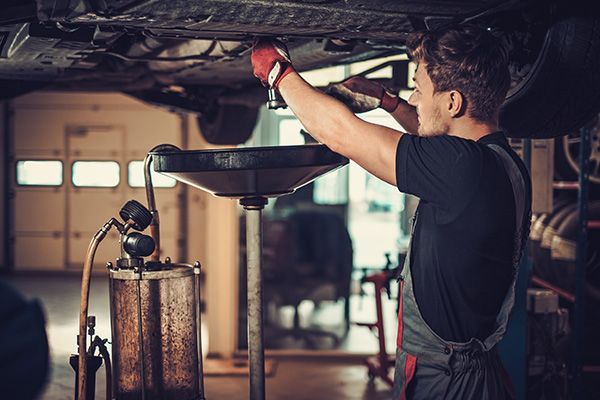When it comes to routine vehicle maintenance, brake fluid often gets overlooked. Most drivers remember to change their oil, maybe even rotate their tires, but few think twice about what’s flowing through their brake lines. And yet, brake fluid is one of the most critical components in ensuring your car stops safely when you press the pedal.
Unlike motor oil, brake fluid doesn’t burn off or drop on your driveway, so it’s easy to forget about. But over time, it degrades, and that degradation compromises your entire braking system.
What Is The Brake Fluid
Brake fluid is a hydraulic fluid. When you step on the brake pedal, that fluid transfers force from your foot to the brakes at each wheel. It’s the invisible link between your actions and your vehicle’s response.
In order to do its job well, brake fluid must maintain a high boiling point and remain free from moisture and contaminants. But here’s the problem: brake fluid is hygroscopic, which means it absorbs water from the air, even in a sealed system. And the longer it sits, the more moisture it accumulates.
The Risks of Old or Contaminated Brake Fluid
When water seeps into your brake fluid, several problems follow. First, it lowers the fluid’s boiling point. During heavy braking, especially in stop-and-go traffic or while driving downhill, the fluid heats up. If it reaches its boiling point, it can form vapor bubbles, resulting in a soft or spongy pedal. In extreme cases, your brakes could fail altogether, leaving you with no stopping power.
Second, moisture inside the brake system can cause internal rust and corrosion. That includes sensitive components like the master cylinder, calipers, and ABS controller. Over time, those parts can seize or fail, leading to costly repairs and reduced braking efficiency.
Finally, as brake fluid breaks down, it can thicken and collect dirt or debris. That makes it harder for fluid to travel through the system, delaying braking response and causing uneven wear across your brake components.
How Often Should Brake Fluid Be Replaced
There’s no universal answer to this question, as it depends on your vehicle, driving habits, and climate. However, many manufacturers recommend changing the brake fluid every two to three years or every 30,000 miles. Some newer vehicles have sensors that monitor the condition of the fluid, but most don’t, so it’s best not to wait for a warning light.
If you live in a humid area, like Southern California, your brake fluid can absorb moisture more quickly. That makes timely replacement even more important.
Symptoms That Your Brake Fluid Needs Attention
If your vehicle is due for a fluid change, it may not tell you directly—but there are signs to look out for:
- Your brake pedal feels soft, spongy, or requires more pressure
- It takes longer than usual to stop your car
- A burning smell appears after hard braking
- The brake warning light on your dashboard turns on
- You notice dark, murky, or gritty brake fluid when checked
Even if none of these signs are present, old brake fluid can still pose a risk. Regular preventive maintenance is the most effective way to prevent these issues before they arise.
Brake Fluid Flush vs. Brake Fluid Top-Off
Some drivers assume that topping off the fluid is enough, but this only addresses low fluid levels—it doesn’t remove moisture or contaminants. A brake fluid flush, on the other hand, involves removing all the old fluid from the system and replacing it with fresh, clean fluid. This helps restore optimal braking performance and extends the life of key components.
A flush is especially important if your fluid is discolored or you’ve recently had brake system repairs. It ensures that new parts aren’t immediately exposed to degraded fluid that could shorten their lifespan.
Protect Your Braking System With Routine Service
Brake fluid may not be the most glamorous part of car maintenance, but it plays an essential role in keeping you and your passengers safe. Letting it go too long can lead to major problems and expensive repairs. By replacing the fluid at recommended intervals, you maintain consistent braking power and reduce wear on your entire system.
Call
Sean’s Auto Care in Van Nuys, CA, today to schedule a brake fluid inspection or flush and make sure your vehicle stops as confidently as it drives.
